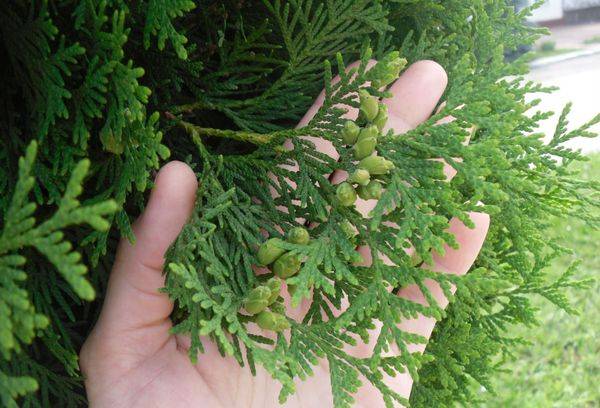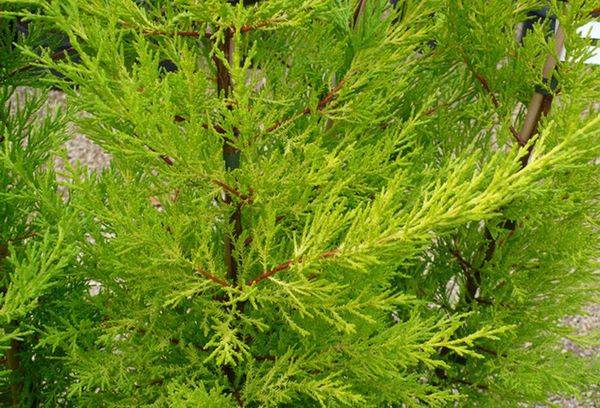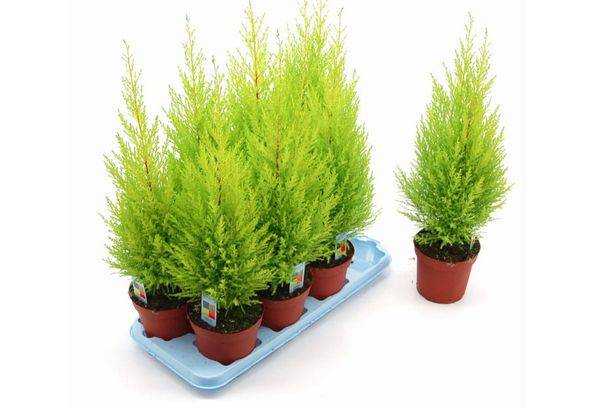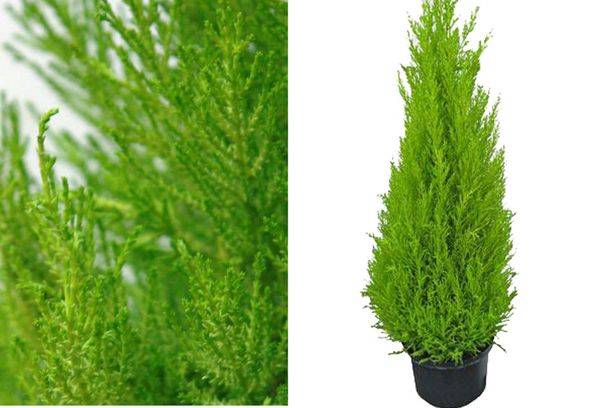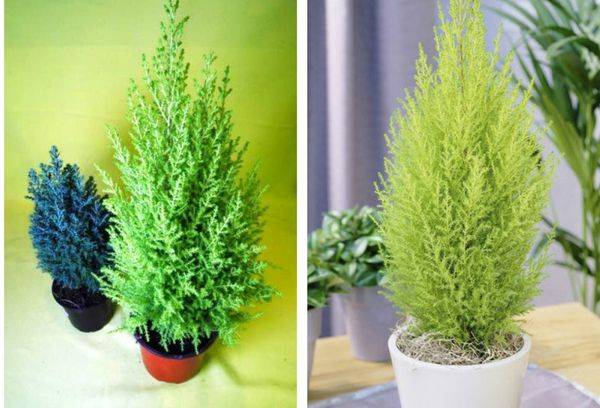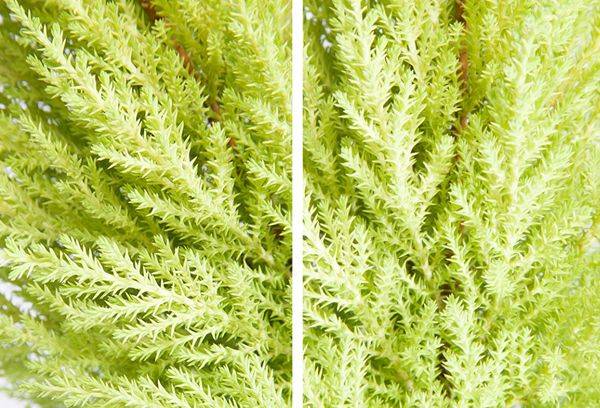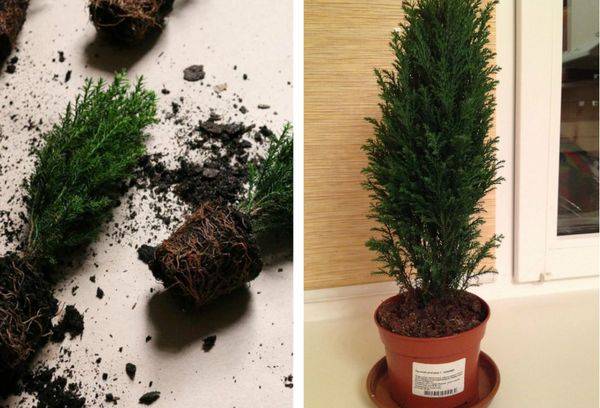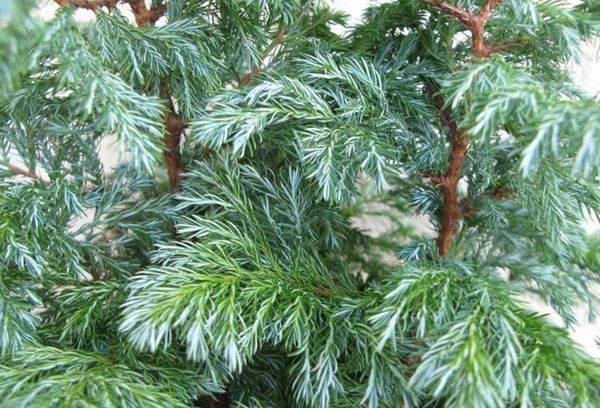How to properly care for cupressus at home
Shrub or tree with small scaly leaves - cupressus, or cypress. Many people are interested in how to properly care for the Kupressus plant at home, so that it pleases the eye with its attractive appearance.
What is cupressus?
An evergreen plant belonging to the cypress family is called kupressus, cypress or cypress. This is a tree with a wrinkled bark, the shade of which varies from dark gray to brown. Twigs on a very slender trunk are located in the same plane; in adult plants, the needles are scaly, in young ones they are very soft, small needles. Cypress can grow in height up to several meters.
Most often, cupressus is used as a decoration of the landscape in a country house or in a personal plot - the tree fits perfectly into the composition of alpine hills, flower beds. It can simply decorate the entrance or replace the New Year tree. You can plant cypress in the open ground and decorative pots.
Kinds
Several types of plants and many forms and varieties are known, some of them are grown at home.
The following species are most popular.
- Goldcrest Cupressus Hybrid. It is resistant to lack of moisture in the soil (drought-resistant), not very picky about the soil in which it grows, shade tolerant. It is characterized by increased vitality, grows slowly. It can be cultivated in open ground and apartments.
- Wilma. This is the most popular variety, but at the same time, the plant is very sensitive to care. It grows excellently in an apartment if it has a constant microclimate and almost no drafts.
- Macrocarp refers to the species Goldcrest Wilma (cypress). A characteristic feature that distinguishes it from other species is a lemon-yellow tint of needles. Twigs are placed on the trunk under an oblique slope, the plant has the shape of a cone and is very beautiful. It grows to a half to two meters in height, emits an essential oil resembling lemon aroma. There are several varieties of Macrocarp, some of which are grown indoors, others in open ground. The root system is located close to the surface.
- Gold The name was due to the unusual shade of the crown - it is golden. The plant is very beautiful and at the same time useful: the essential oils secreted by it have a beneficial effect on the respiratory system. From the cones of Cupressus Gold you can make unique tinctures. However, as purityis.decorexpro.com/en/ magazine found out, such a flower should not be placed in the room where a person lives, suffering from high blood pressure, epilepsy.
Tip
Every year in the spring, in April or May, transplant the Macrocarp cupressus into a new soil by conventional transshipment. This will allow the plant to perfectly develop and maintain an aesthetic appearance.
Diseases and Pests
More often than others, spider mite, false scutellum, scutellum attack kuprescus. For prevention, spray or bathe the plant in the Actelika solution (1-2 ml per 1 liter of water), after 7 days, repeat the treatment. You can spray "Karbofos" or "Actara" in accordance with the instructions for use.
When a scabbard or a false scutellum appears on the stems and leaves, brown plaques form. The leaves begin to dry and fall off due to sucking out of the cell juice by insects.
Improper watering often leads to root rot.To save the plant from the disease, treat the root system with an antiseptic and transplant cypress into a new, disinfected soil.
Home Care
The Cupressus plant must be carefully taken care of at home. Care must take into account the following factors.
- Lighting. Provide diffused but bright light, as direct sunlight affects the cupressus fatally - the leaves will turn yellow and fall off. The plant is very photophilous, but can grow excellently in partial shade. In the warmer months of the year, cypress is best kept in the shade. However, with insufficient light, the cupressus is extended, its shape deteriorates and becomes ugly.
- Watering. Abundantly water the plant should be in spring, summer and early fall. In the winter months, watering is reduced to avoid waterlogging and root rot. Cypress tolerates the drying of soil and excess water equally poorly. Strong drying of the soil can lead to the death of the conifer. How often you need to water the plant depends on the temperature in the room where it is located. For example, if the room is + 8 ° C, it will be suitable to water once every 8 days, if from +12 to + 14 ° C - once every 5-7 days.
- Air humidity. Optimum will be increased humidity. If the air is too dry, then the cupressus will simply stop growing. In summer, be sure to spray the flower, this will provide increased humidity and the best growing conditions.
- Temperature. The most suitable for cupressus is a temperature of + 11 ° C. In summer, the optimum mode will be from +18 to + 25 ° C, in winter - from + 5 ° to + 10 ° C. In the cold season, it is better to place the plant in a cool place, but the ambient temperature air should not fall below + 5 ° C.
- Fertilizers From May to August, feed cypress with liquid mineral formulations intended for indoor flowers, and you need to take half the recommended dose on the package. Fertilizers are applied to previously loosened soil.
Tip
If it is not possible to transfer the flower to a cool place in winter, simply spray it with warm water in the morning and evening.
Cypress does not tolerate damage to the roots, so a complete transplant with replacement of the soil coma should be done only in case of emergency. Better do transshipment with the replacement of that part of the soil, which is easily separated from the root system when trying to get the plant out of the pot.
The ideal soil for cupressus has the following composition:
- turf land - 1 part;
- sheet - 2 parts;
- peat - 1 part;
- sand - 1 part.
Cypress loves loose soil, good drainage is required. When transplanting, in no case do not bury the root neck in the ground - the flower may die.
Useful Tips
The following recommendations will help ensure normal development, preserve the beauty and health of the flower at home.
- Yellowing of cupressus indicates insufficient care, lack of nutrients, dry air, irrigation with very hard water (excess calcium is formed in the soil). Increase plant nutrition, watering and spraying.
- Contact with a flower in direct sunlight will cause yellowing and falling of leaves. It is necessary to transfer the plant to another place, more shaded and cool.
- The tips of the leaves turn brown due to insufficient watering, overdried or cold air.
- Sprigs will begin to dry out if the cupressus is located next to heating or heating appliances. In this case, rearrange the pot in another place and increase the number of sprayings.
- Be sure to keep the flower from freezing.
- In spring, cut dried branches. After trimming the exposed bark, lubricate with a special decoction.
